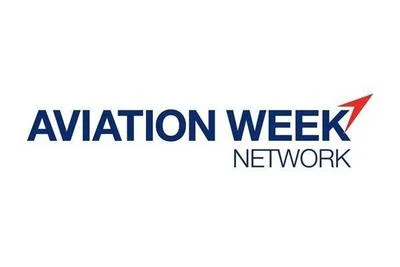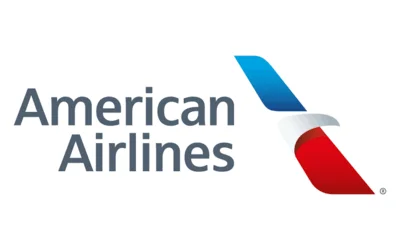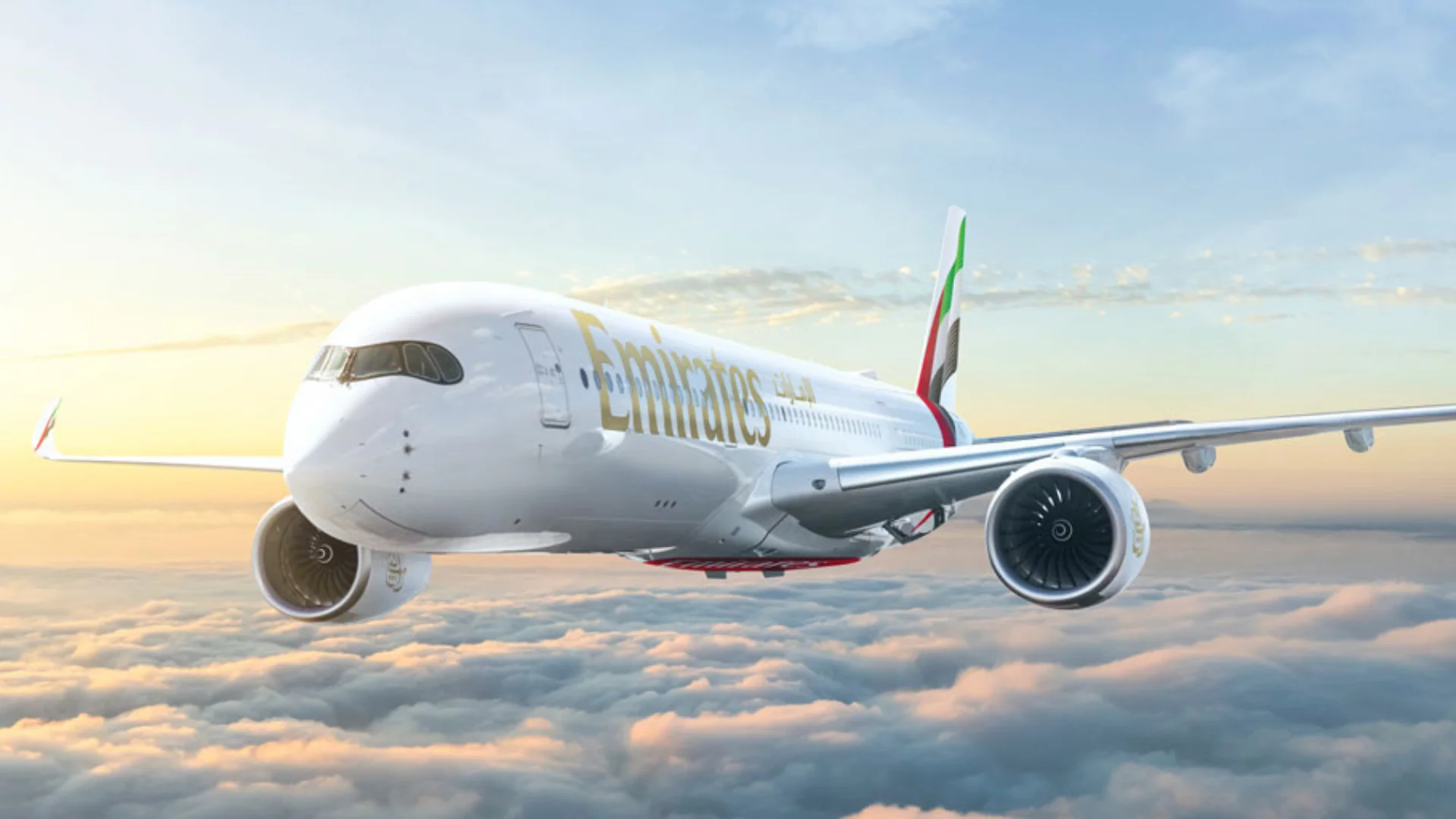Commercial aircraft operate at various altitudes during flights due to factors like aerodynamics, weather conditions, airspace regulations, travel distance, and fuel management. The choice of cruising altitude is crucial for efficiency and safety. Typically, commercial flights cruise between 30,000 feet and 42,000 feet because the thinner air at these heights enhances fuel efficiency.
However, lower altitudes ranging from 10,000 feet to 25,000 feet may be selected under certain circumstances. Short-haul domestic routes often stay at these lower levels to minimize climb and descent times. "Descending to altitudes around 19,000 feet or lower can mitigate severe turbulence or jet stream interference," according to operational data.
The choice of altitude also depends on preflight planning that considers weather conditions and winds aloft forecasts. Higher altitudes are generally preferred for better fuel efficiency as jet engines perform optimally in thinner air. "Flying at high altitudes poses difficulties for commercial aircraft , especially if they are near their maximum altitude of about 41,000 feet," notes Simple Flying.
 Alerts Sign-up
Alerts Sign-up





































